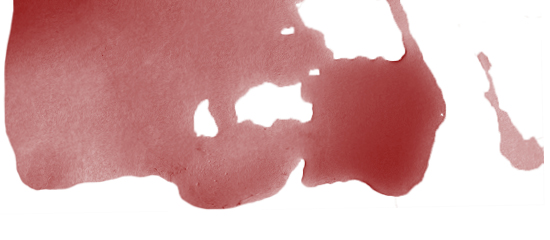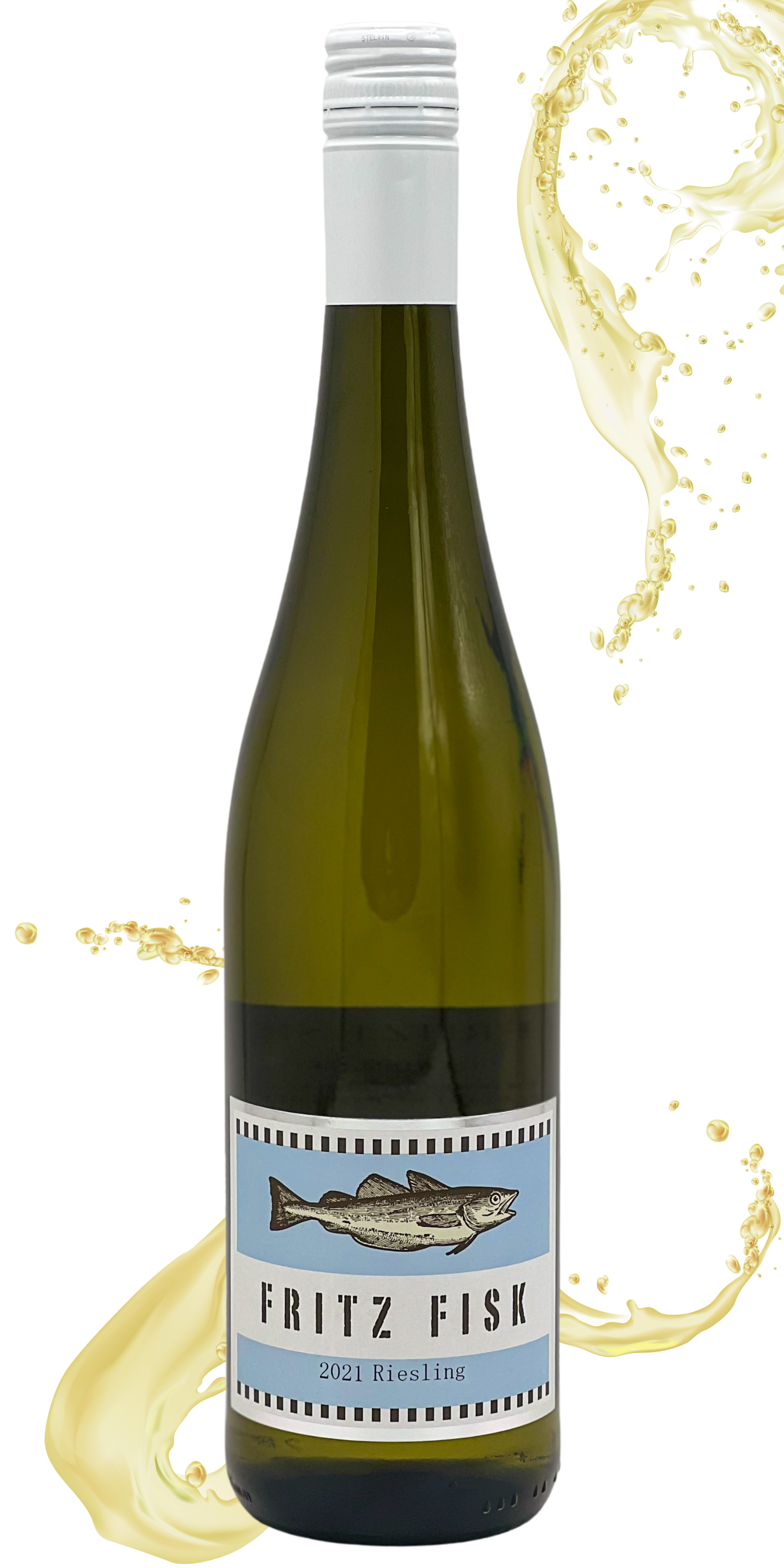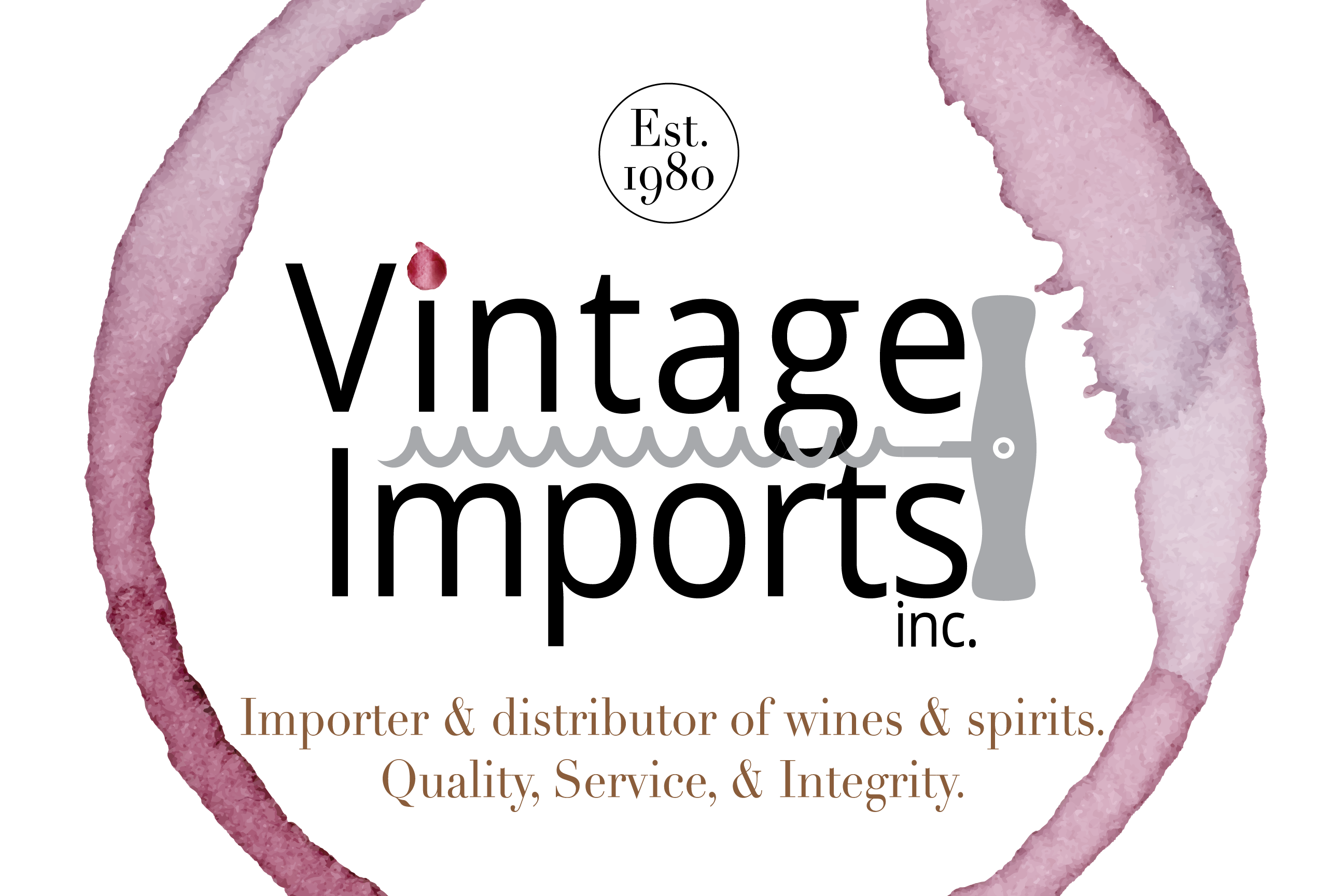
Fritz Fisk ‘QbA’ Mosel Riesling
It has a straw yellow color. The aroma is fruity, with notes of apple, pear, pineapple and a fine citrus trace. On the palate it shows all its freshness and austere elegance.
Riesling grape blend.
This wine contains allergens, and sulfites.
The Estate
Overlooking a period of decidedly lesser glory – during the 1970s and 1980s – Germany has a long and illustrious history of winemaking. The Romans established the country’s first vineyards along the banks of the Mosel, near what is now the town on Trie Germany’s greatest variety, Riesling, is first documented in the Rheingau in 1435, and found its way to the Mosel shortly thereafter.
Wine Making
Aged Rieslings – and younger Rieslings grown in warmer climates – can also show a petrol-like aroma, often described as kerosene. This is due to a compound known as TDN (1,1,6-trimethyl-1,2-dihydronaphthalene) that develops over time in aged Rieslings and is increasingly noted in younger, warm-climate, often New World wines.
Food Suggestions
Pairs well with fish and vegetables.
• Type: Wines
• Sub-type: Wines
• Class: White
• ABV%: 11.5

